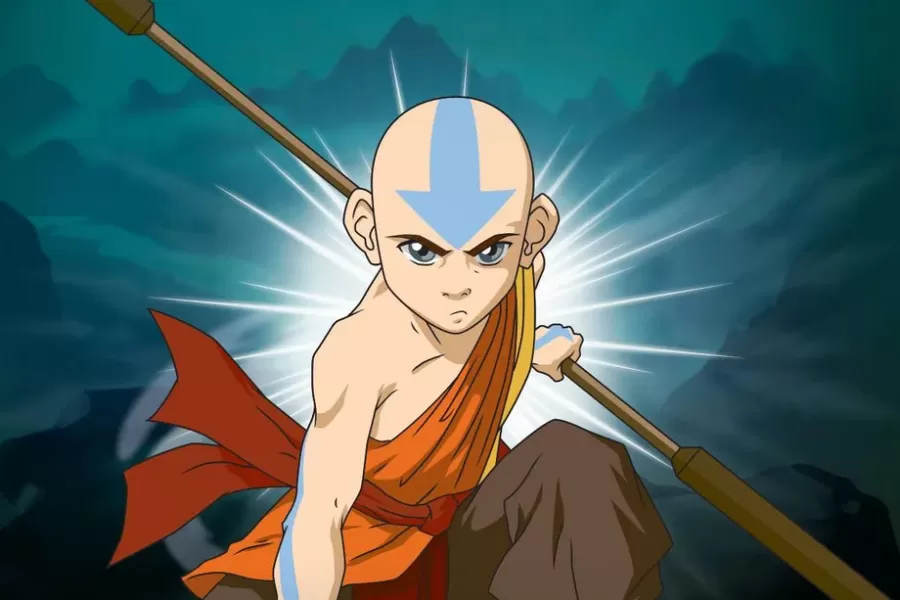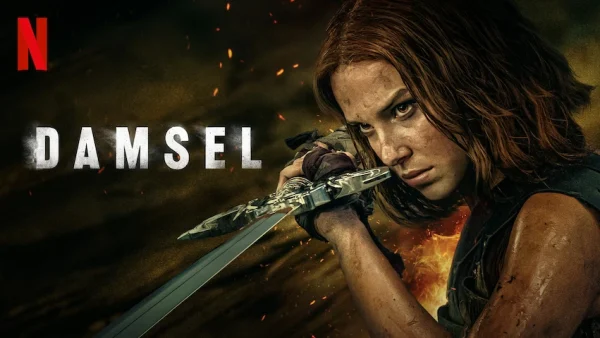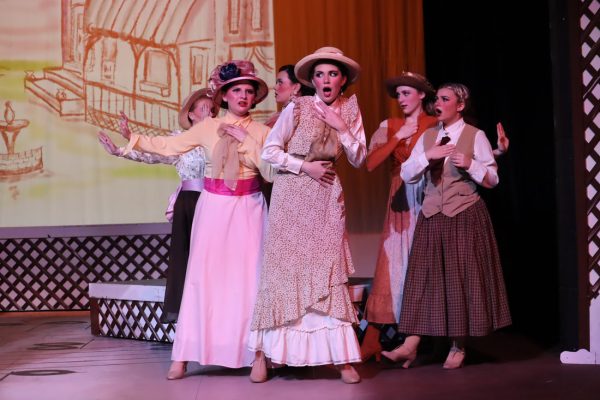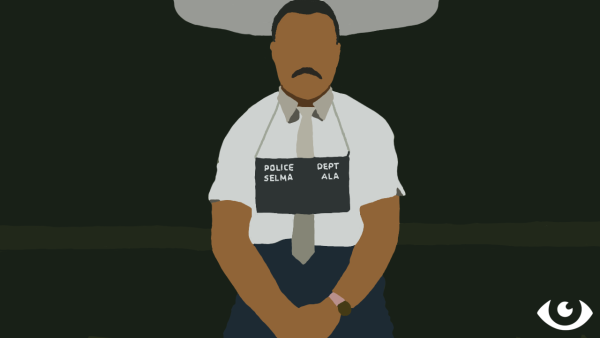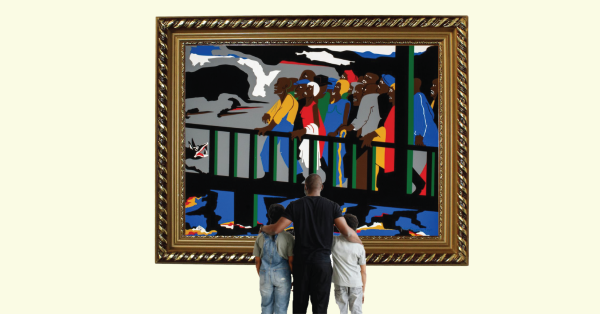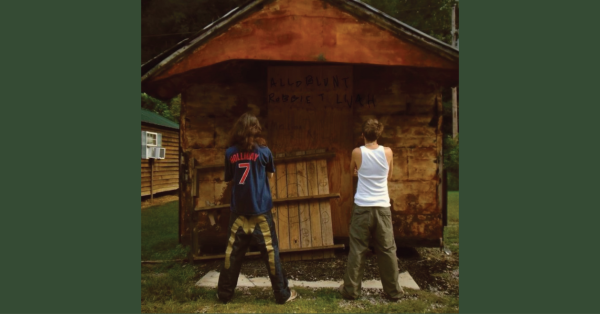REVIEW: Avatar The Last Airbender
September 9, 2021
Netflix recently announced that they’d be making a live-action remake of Avatar the Last Airbender. The original show had much acclaim and a cult following. Added to the M Night Shamalayan live action movie adaptation, which got sub-par reviews, such as a whopping 4/10 on IMDb and a 30 perecent audience score on Rotten Tomatoes—RedEye decided to revisit this show in 2021.
As for our new live action remake, some of the core cast has already been announced, and in a bit of a departure from the source material, Azula may star in season 1. Beyond these details, information is still tight on how closely the series will follow the originals, and the writers who produced the original series have left the project of the remake since it was announced.
The source material is an amazing show, defying conventions well and executing character development exquisitely. The show ended in 2008, but it’s still such a delight that it’s worth putting a spoiler warning here for the rest of the article. If you want a show with a unique art style, great world-building, and believable characters that undergo meaningful change, with a side of magical combat and life lessons, this will be right up your alley.
Even from the opening seconds of the show, it’s begun sneaking in world-building and character dynamics without you even realizing it. After a short introduction describing a world at war due to the aggressive Fire Nation, and the disappearance of the powerful Avatar, the only person able to wield all four of the world’s magic elements, we open with two siblings fishing in the ice on a small canoe.
This scene is very simple, but quickly establishes our characters’ relationships. The brother, Sokka, is confident and dismissive of his sister, Katara. Katara wants to be helpful, and is immediately shown to be competent by catching a fish, but Sokka ignores her, causing him to free the fish from Katara, simultaneously missing the fish he was hunting and drenching himself in water.
The dialogue also sets up some basic facts about the world and how people tend to act inside it. Katara is a “waterbender”, which in simplest terms means she can move water with her mind. This may seem initially underwhelming, and indeed, Sokka treats her abilities initially with a complete lack of surprise or care. This shows us that this sort of magic is considered normal and mundane in this world- “yeah, some people can do water magic, now help me catch our dinner” is the vibe given off. But, we are shown how powerful an angry waterbender can be scant minutes later. As Sokka and Katara argue about the lost fish, Katara gets angry. As she yells and gestures angrily, she shatters an entire iceberg the size of a building on accident.
This act accidentally uncovers a strange bubble inside the ice, and in the center can be seen a lone figure, sitting as if meditating. Katara rushes forward to help the person out of the ice as Sokka yells to wait, that it could be a trap. The ice is cracked and the figure released, and a beam of blue light shoots up into the sky, visible for miles around. The figure now apparent as the avatar emerges, and says: “you wanna go penguin sledding?” This is how we are introduced to the child Avatar, Aang.
Character and world-building ooze from this scene, and that is a common occurrence throughout the show. Many conversations can easily serve both as a vessel for entertainment for the casual viewer, but also a showcase of information about the setting and characters involved. It accepts the casual viewer but also rewards combing over the scenes with a closer lens.
One of the best examples of character development is present in the character of Prince Zuko. We first meet Zuko in the very first episode as an antagonist. He is leading a Fire Nation ship on a mission to hunt down and capture or kill the Avatar. He is immediately serious and no-nonsense, in stark contrast to his uncle Iroh, who initially seems carefree and almost a comic relief character. We will examine him more later. Zuko comes directly to attack the protagonists as soon as he learns that the Avatar has returned. Zuko is hell-bent on capturing the Avatar, and it isn’t until later that we truly learn why.
Zuko is essentially exiled. After speaking out of turn and having his face permanently scarred by his own father for the offense, he was sent to hunt the Avatar, a person everyone thought was dead. He is desperate to regain his father’s approval and an ambiguously defined honor. But throughout the course of the show, his uncle Iroh, initially seeming to be a comic relief character, mentors Zuko. Iroh leads Zuko to start thinking for himself and acting according to what he wants, and what he thinks is right, instead of acting to try and earn the approval of a father who never really loved him. Ultimately, it leads Zuko to defy his father’s abusive and manipulative ways and turn against the Fire Nation.
Avatar is a show that is packed full of character, world-building, and excellent storytelling. There are obviously flaws- the episode “The Great Divide” is somewhat infamous for lacking the depth and complexity of much of the show. Still, especially in the second and third season, it is a riveting experience with some of the best and best developed characters I’ve ever seen, and I would recommend it to just about anyone.
Featured Image is used under Fair Use for the purposes of review.


